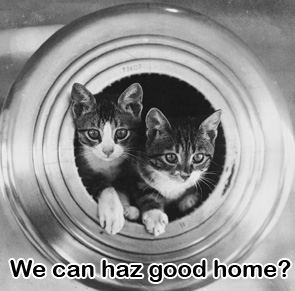I have to jump on the Valentine’s Day bandwagon and dedicate this week’s post to love.

You might be wondering what love has to do with your organization. In a few weeks, in our #WordsThatWow series, I’ll post about how using more words of love and gratitude can help your organization in a big way. But today, I want to focus on the language of love.
Love, as it exists in the English language, has the habit of causing some confusion. This is because it covers a wide range of feelings and emotions. You can use the same word to indicate a type of toothpaste you prefer as you would to describe how you feel about the person you have chosen to spend the rest of your life with. Something about that doesn’t seem quite right, don’t you think? And don’t get me started on the confusion it causes in relationships. We’ve gone so far as having to distinguish between “love” and “being in love”. But even that means different things to different people.
The ancient Greeks knew better than to have one word to describe such a range of things. They had at least four separate words to describe different types of love: Spiritual love (agápe), physical love (éros), familial love (storgē), and mental love (philía). Philía is often translated into English as brotherly love or friendship. If this word sounds familiar to you, I’m not surprised. Ever wonder why Philadelphia is the “City of Brotherly Love”? Philía is the root of many other words we use today: Philosophy (love of knowledge), philology (love of learning), and basically any word that ends in –phila or –phile (bibliophile, Anglophile, etc.)
My favorite philía word, however, is philanthropy (love of mankind). If you are part of a philanthropic organization, this may resonate with you as well. We are doing what we are doing because of a love of mankind. When someone makes a donation to our organization, it is because of a love of mankind. We want to make the world a better place because of a love of mankind. And that’s something to keep in mind not just on Valentine’s Day, but every day.
Happy loving, everyone!




